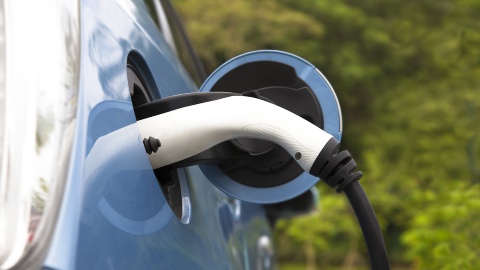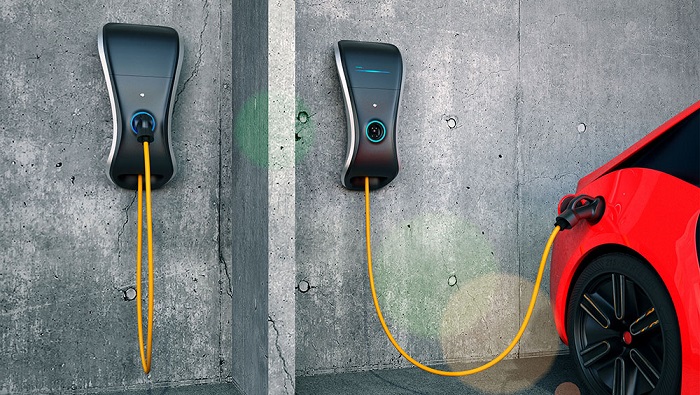In addition to their level of electrification, a distinction between hybrid vehicles is also made according to how they are constructed. These days, the most common are parallel hybrids, which include the above-mentioned mild, full, and plug-in hybrids. Series hybrids are also available, and power split hybrids are a combination of both concepts.
Parallel hybrid
These vehicle types have two drive systems – an electric motor and an IC engine. Both can move the vehicle forwards and are connected with the driving axle. They are deployed as required: the vehicle can be driven purely electrically, with only the IC engine, or with a combination of both. With this type of drive system, the powers of the electric motor and the ICE are added together to form the total power.
Series hybrid
Series hybrids have an electric motor and an ICE, but just one drive system. The power sources are connected in series: generally, the electric motor moves the vehicle forwards while the IC engine generates electricity for the battery. The power sources are not mechanically connected.
Range extender concepts also fall into this category. To put it simply, the IC engine acts only as a generator to recharge the battery when it is empty until the vehicle reaches the next charging station.
Power split hybrids
Series and parallel hybrid drives can also be combined in one vehicle. With power split or series-parallel hybrids, as they are also known, the driver chooses one of the two drives.










